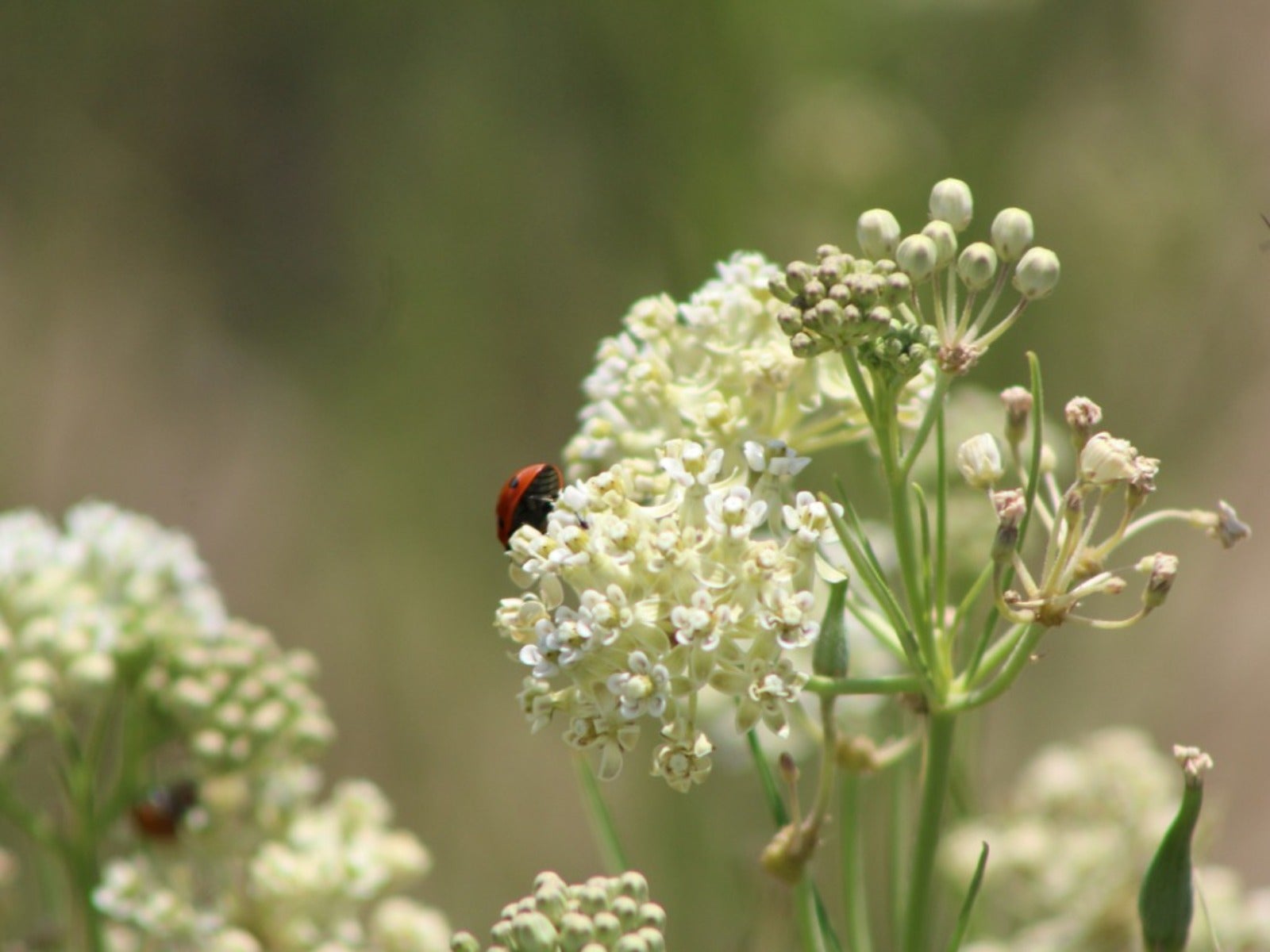How To Grow Native Whorled Milkweed In The Garden


Whorled milkweed is one of the important species for endangered but beloved monarch butterflies, but it also attracts all kinds of pollinators. It is native to most of the U.S. and a great choice for native beds, meadows, and naturalized areas. As a native species, this milkweed is easy to grow and maintain.
About Whorled Milkweed
Whorled milkweed (Asclepias verticillata) is a perennial wildflower that grows to one to two feet (30 to 60 cm) tall on a single, unbranched stem. Whorled milkweed leaves give the plant its common and specific name. The narrow, needle-like leaves are arranged in whorls around the stem. Each whorl contains three to six leaves.
Whorled milkweed flowers are small, greenish white and multiple. They grow in clusters of 20 or more on terminal axils. The flowers bloom all summer, from June through September. They attract bees and butterflies and have a pleasant smell.
Like other varieties of milkweed, this species produces a milky sap. It is among the more toxic of milkweeds to both humans and animals. For this reason, it is often considered a weed in pasture areas. Care should be taken with children and pets.
The whorled milkweed native range is extensive and includes Saskatchewan, Manitoba, and Ontario, extending through most of the eastern and central U.S. states. The range extends to most of Florida and Arizona in the southwest and Montana and Wyoming in the west.
How to Use Whorled Milkweed
This is a great choice for anyone interested in planting more native species. Whorled milkweed is a popular food source for pollinators. It is also a host species for monarch butterflies. Monarchs need milkweeds to lay their eggs. The caterpillars hatch and feed on the leaves.
Use whorled milkweed in native gardens and beds, pollinator gardens, meadows and prairie gardens, and in naturalized areas. In its native range, it grows readily in dry prairies, glades, open woods, pastures, and along roadsides.
Sign up for the Gardening Know How newsletter today and receive a free copy of our e-book "How to Grow Delicious Tomatoes".
Growing Conditions for Whorled Milkweed
Whorled milkweed is easy to grow because it will tolerate a variety of conditions. The ideal setting is full sun with dry to moist, well-drained, sandy loam soil, but this milkweed will be fine in nearly any soil type and tolerates drought as well as richer, moist garden soils. It will also tolerate some shade but might not flower as well without full sun.
Propagation
Whorled milkweed seeds develop in narrow pods that are about 3 inches (7.6 cm) long. When they burst, they distribute silky-topped seeds by wind. It also propagates through spreading rhizomes. If you leave them alone, this milkweed will propagate itself without taking over areas or crowding out other plants.
Milkweeds do not transplant well, so it’s best to propagate by seed. You can easily find seeds available online. If you want to move some of the plants in your garden or share with others, pull up small whorled milkweed seedlings. Larger plants will not transfer well.
Caring for Whorled Milkweed
One of the best things about native perennials and wildflowers is that they are largely hands-off. Once you get milkweed established in an area it likes, you don’t have to do anything. This species will even survive drought, but you can water it when conditions get very dry.
If you don’t want the milkweed to spread or propagate too much, remove the seed pods before they have a chance to burst and disperse. When dried, the pods make nice additions to flower arrangements.
Whorled milkweed is an easy, low-maintenance choice for native and pollinator gardening. Just be aware of the toxicity of the sap if you have children or pets that will be in the garden.

Mary Ellen Ellis has been gardening for over 20 years. With degrees in Chemistry and Biology, Mary Ellen's specialties are flowers, native plants, and herbs.